The split system does not cool: causes and elimination of breakdown
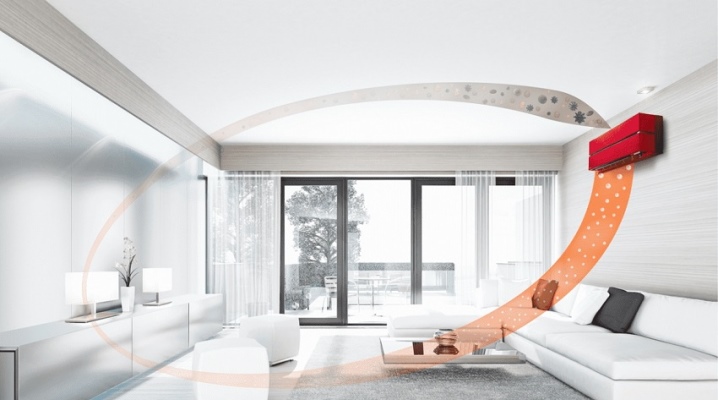
Split air conditioners in houses and apartments have long supplanted window air conditioners. They are in the greatest demand now. Moreover, the modern air conditioner has also become a fan heater in the cold season, replacing the oil cooler.
In the second year of active operation, the refrigeration capacity of the split system is noticeably reduced - it cools much worse. But it is always possible to fix the problem on your own.
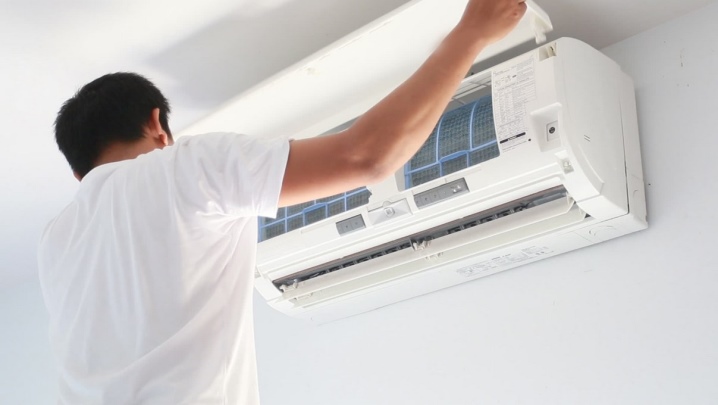
What is included in a split air conditioner?
Split air conditioner is a system divided into external and internal blocks. This is the only reason why it is highly effective. Window air conditioners could not boast of such a property.
The indoor unit includes an air filter, a fan and a coil with a radiator, in the pipeline of which freon circulates. In the external block, there is a compressor and a second coil, as well as a condenser, which helps to convert freon from gas back to liquid.
In all types and varieties of air conditioners, freon absorbs heat when evaporated in the evaporator of the indoor unit. He gives it back when it condenses in the condenser of the outdoor unit.

Split air conditioners differ in type and capacity:
- with a wall-mounted indoor unit - up to 8 kilowatts;
- with floor and ceiling - up to 13 kW;
- cassette type - up to 14;
- column and duct - up to 18.
Rare types of split air conditioners are central and systems with an external unit placed on the roof.

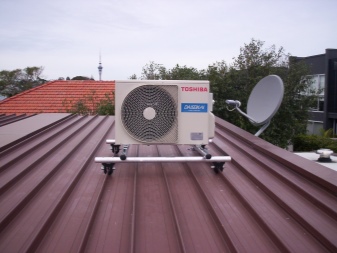
Main elements
So, evaporating and condensing freon (refrigerant) circulates in the coil (circuit). Both the indoor and outdoor units are equipped with fans - so that heat absorption in the room and discharge into the street is several times faster. Without fans, the evaporator of the indoor unit would quickly clog the coil with ice plugs from the same freon, and the compressor in the outdoor unit would stop working. The manufacturer's goal is to reduce the energy consumption of both the fans and the compressor - they also consume more current than other blocks and assemblies.
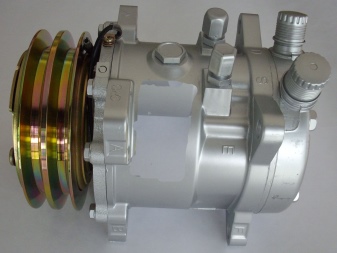
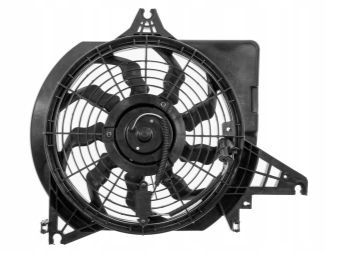
The compressor drives freon through a closed air conditioner piping system. The vapor pressure of freon is low, the compressor is forced to compress it. The liquefied freon heats up and transfers heat to the outdoor unit, which is "blown away" by the fan located there. Having become liquid, freon passes into the pipeline of the indoor unit, evaporates there and takes heat with it. The fan of the indoor unit "blows" the cold into the air of the room - and the freon goes back to the outer circuit. The cycle is closed.
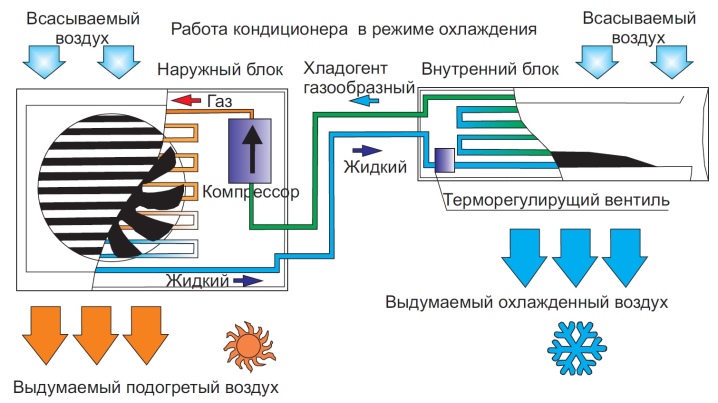
However, both blocks also have a heat exchanger. It accelerates the removal of heat or cold. It is made as large as possible - as far as the main block space allows.
"Route", or copper tube, connects the outdoor unit to the indoor unit. There are two of them in the system. The tube diameter for gaseous freon is slightly larger than for liquefied freon.

Malfunctions
Each of the elements and functional units of the air conditioner is important for its precise and efficient operation. Keeping all of them in good working order is the key to the operation of the air conditioner for many years.
Power problems
Due to low voltage, if it falls, for example, from chronic summer overloads to 170 volts (from the standard 220 volts), the compressor will not turn on. The air conditioner will operate as a fan. Disconnect it from the mains and wait until it rises to at least 200 volts: the compressor allows a deviation of 10% from the ordinary.But if the end of the voltage sag is not visible, buy a stabilizer designed for a load over 2 kW.

Not enough freon
Freon slowly evaporates through microscopic gaps in the connections that appear over time. There are several reasons for the lack of freon:
- factory defect - underfilling with freon initially;
- a significant increase in the length of the interblock tubes;
- a breach was made during transportation, careless installation;
- the coil or tube is initially defective and quickly leaks out.
As a result, the compressor heats up unnecessarily, trying to build up pressure that cannot be reached. The indoor unit continues to blow with warm or slightly cooled air.
Before refueling, all pipelines are checked for a gap: if the freon evaporates, it can be detected immediately. The gap found is sealed. Then evacuation and refueling of the freon circuit are performed.
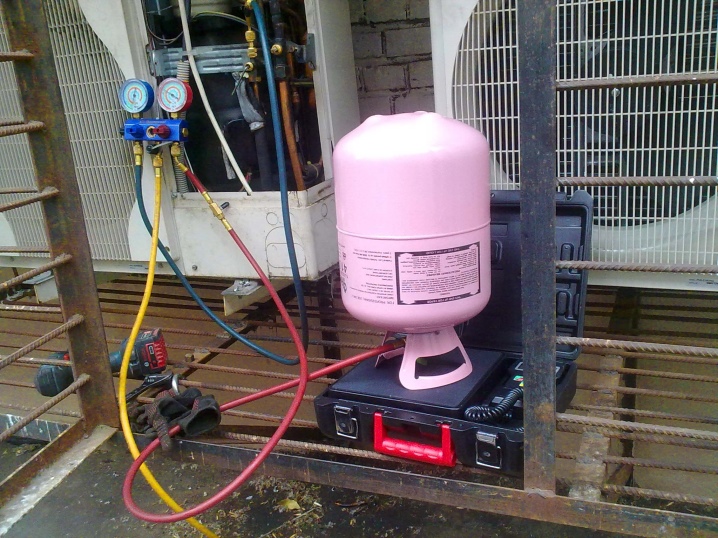
The fan is broken
Due to drying out, the development of all the lubricant, the bearings crack and creak when the propeller is still spinning - then they completely crumble. The propeller can jam. This often happens when the outdoor or indoor unit cools too dirty, dusty air. From dust deposits and loose bearings, the propeller touches nearby parts (housing, grilles, etc.) or cracks over time from the daily temperature drop.
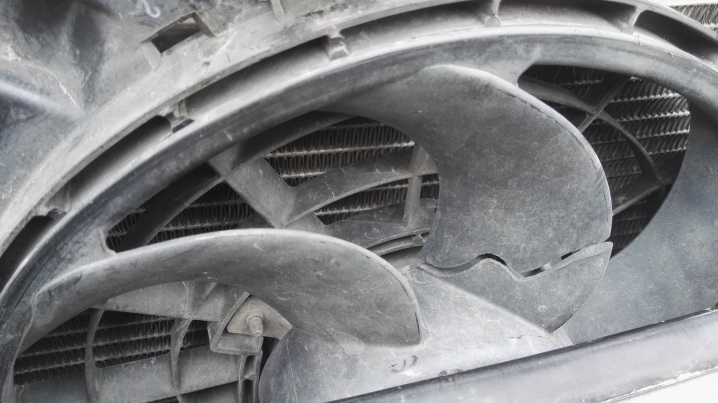
If the bearings are intact, then suspicion falls on the windings. Over time, they fade: the lacquer of the enamel wire darkens, cracks and peels off, turn-to-turn closures appear. The fan finally "stands up". Malfunctions in the board (the contacts of the switching relays are stuck, the power transistor switches are burnt out) can also be the culprit of the breakdown. Defective motor and / or propeller are replaced. So are the relays and keys on the control board.
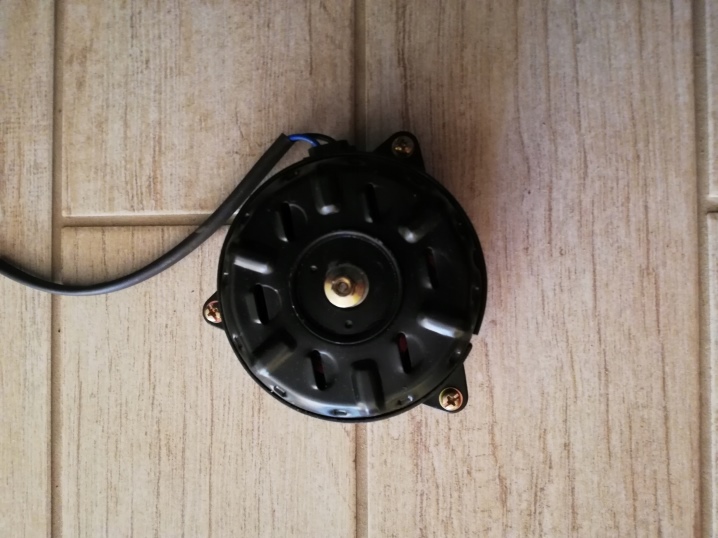
The mode changeover valve is broken
It allows the air conditioner to switch between heating the room and vice versa. The information panel of the air conditioner (LEDs, display) will not report such a breakdown, but the air conditioner, on the contrary, can only blow hot air. If the exact same valve is found, it is completely removed. With it, the heating function also disappears.
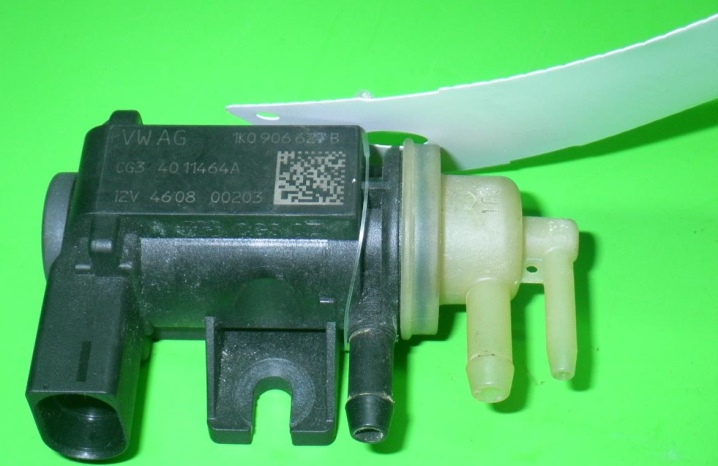
Clogged tubes
Freon boiled due to the inability to reach the cooler will deprive you of the cold. But a breakdown will be indicated by icing of one of the pipes leading to the indoor unit.
The compressor runs almost continuously. The blockage can be removed by blowing with compressed air or hydraulic pumping.
In case of unsuccessful cleaning the tube is simply changed.
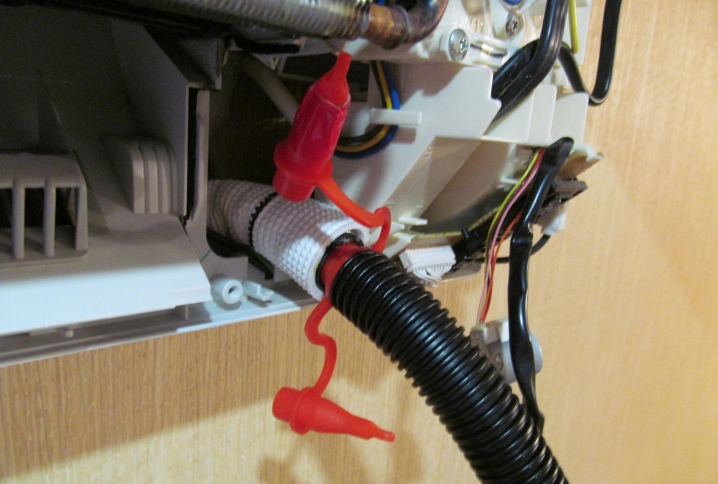
Compressor broke
The fans run without cooling. The compressor is either jammed, or the electrical capacitors, which play the role of a control circuit, have broken, or the thermostat has been damaged, which protects the compressor from overheating. Replacing all these parts is within the power of any user.
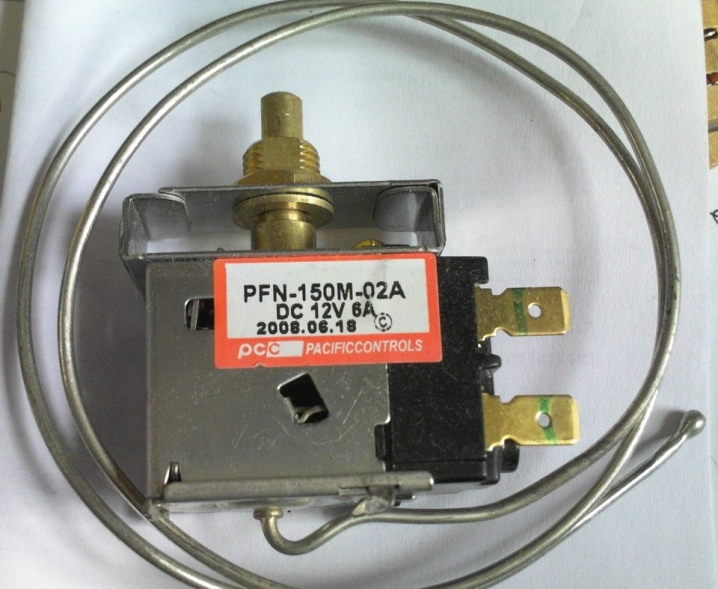
Broken sensors
Three sensors: at the inlet, outlet of the indoor unit and a common one, which checks the temperature in the room. There are two options: the compressor is rarely turned on or off. An experienced craftsman will immediately suspect a breakdown of these thermistors, giving the ECU incorrect signals.... As a result, the room freezes over or does not cool well.
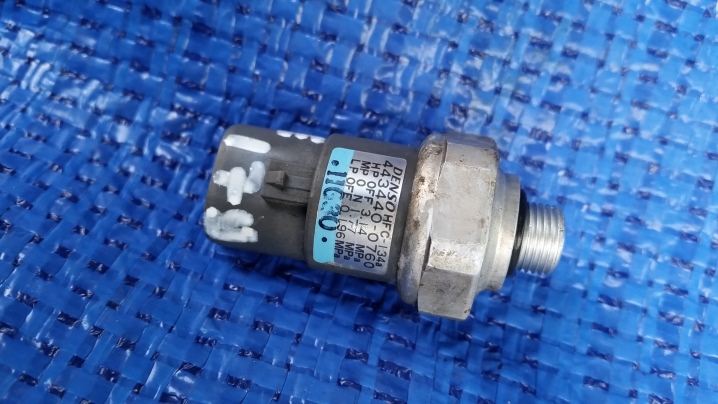
ECU defective
The electronic control unit contains a ROM and a processor, executive elements - high-power transistor switches and relays.
If their replacement did not work, the suspicion falls on a faulty processor - the fault is in the aging of the semiconductor chip, firmware errors, microcracks in the nanostructure of microcircuits and in the multilayer board itself.
At the same time, the air conditioner stopped cooling altogether. Option - board replacement.

Clogged filters
Mesh filters are present in both blocks. The air flow is reduced, not all the cold is released into the room. Unused cold is deposited on one of the tubes in the form of ice. If you ignore the clogged filters, you will encounter a clogged fan and evaporator.
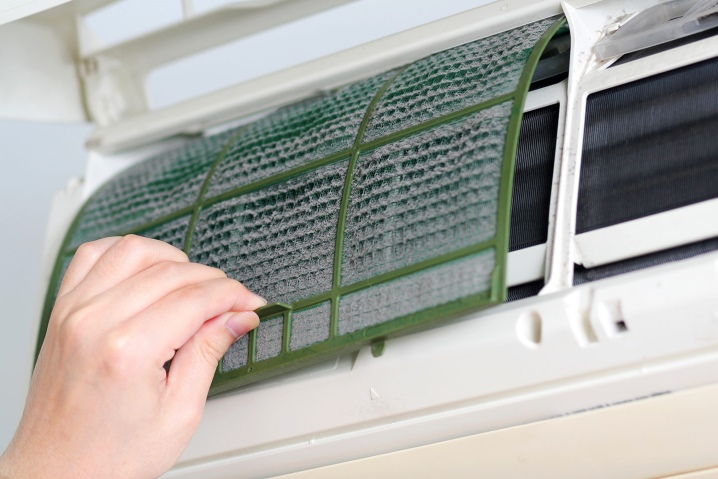
For information on what to do if the air conditioner does not cool, see below.













The comment was sent successfully.